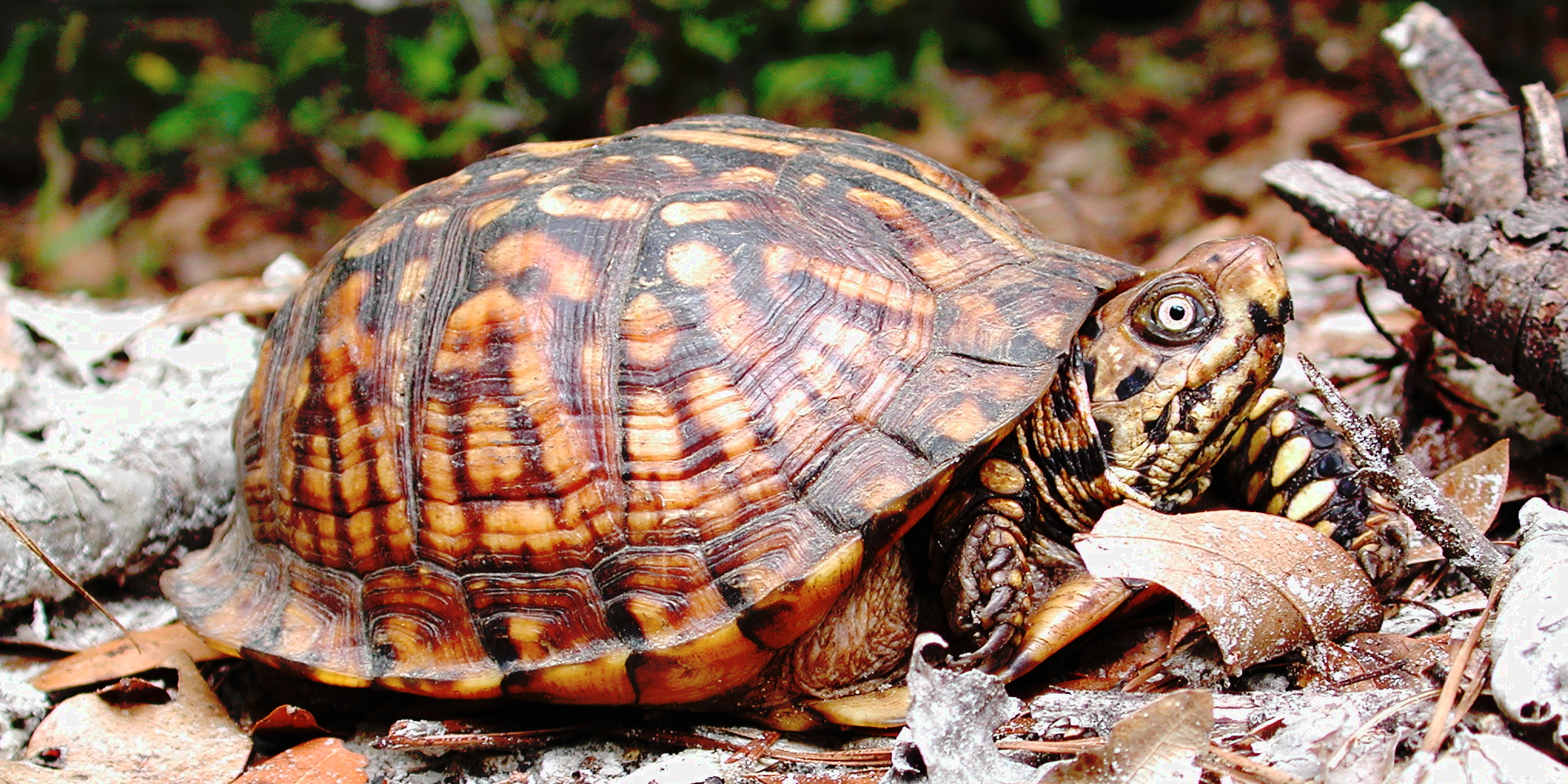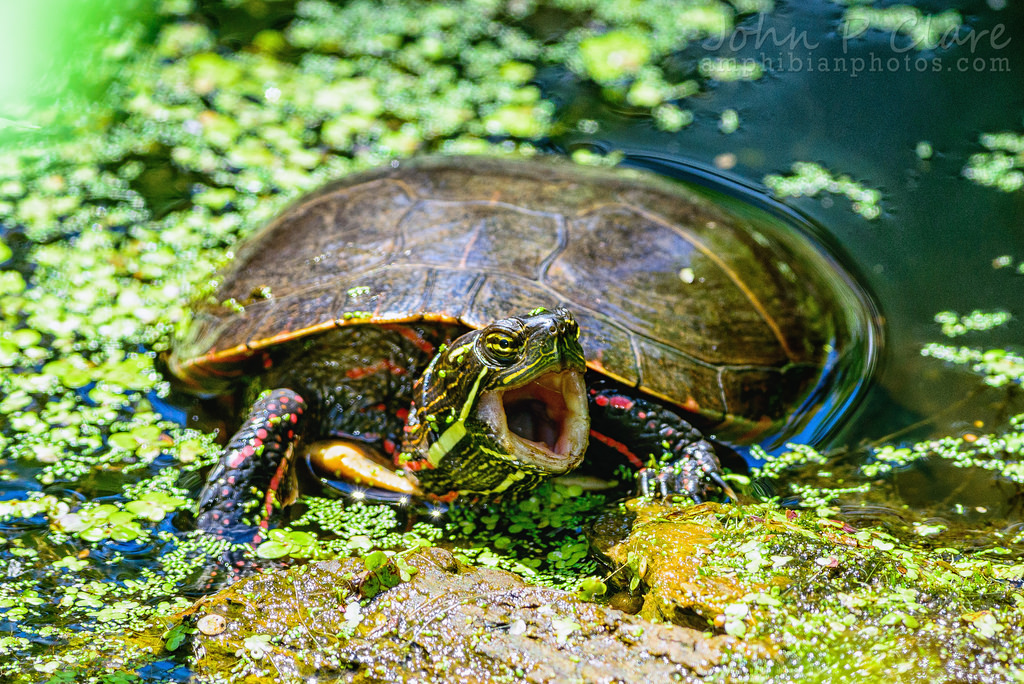Have you ever wondered what you can do to help protect Ohio’s turtles? Many people in Ohio care about our furry and feathered friends in nature they are either adorable or beautiful and graceful. Many do not consider our scaly stereotypically slow and steady friends, the turtle. For those of you that want to learn three ways to help our reptilian pals keep on reading.

When a turtle is on land many of us immediately start looking for a nearby body of water to put them in. Moving a turtle to a “better location” is likely good intentioned but not necessarily the best approach. When you see a turtle on land it is likely because they are intentionally migrating to a different body of water from which they came. Maybe the pond they were in had too much competition for resources or possibly the turtle is leaving to look for a mate or to escape predators. If you return them to the pond from which they came you may be inconveniencing them. Since they are slow you are certainly wasting their time and valuable caloric resources. If you move a turtle you risk disorienting them and making them lost. It is likely that when a turtle is traveling across land it is doing so in a deliberate manner and you moving them will probably disturb their slow but steady progress to their destination. Not only do you risk disorienting or wasting their energy you are also risking dropping them and possibly hurting them as well as risking your own safety. Many turtles have some very powerful jaws and sharp claws that could easily cause you harm. Do not take turtles home to keep them as pets. First of all this practice is illegal without a permit and secondly you are taking away a wild animal’s ability to live a full life in nature and you are depriving the rest of the ecosystem of its presence. The only time that you should consider moving a turtle is if you see that it is directly in harm's way. If you see a turtle stuck in a fence or other man made creation do what you can to free it without putting yourself in danger. If a turtle is crossing the road you can move the turtle to the side that it is heading for. If the turtle is not a snapping turtle you can firmly grasp the turtle on either side between its front and back legs. Snapping turtles can be a bit more difficult because they have very powerful jaws that you must take special care to avoid. This video will show you several safe methods of helping a snapper cross the road. This concludes the first way to help protect turtles, don’t move turtles unless they are in imminent danger.

The second way to help protect turtles is to report turtle poaching as well as illegal sale of turtles. Ohio is home to many species of turtles some of which are popular in the exotic pet market. Red-Eared Sliders, Painted Turtles, Spotted Turtles, Blanding’s Turtles, Eastern Box Turtles, Eastern Musk Turtles and Northern Map Turtles are all species that are commonly kept as pets. Some of these turtles can be kept legally if you apply for a permit from Ohio Department of Natural Resources (ODNR). If you come across a private citizen selling captured live turtles they are breaking the law and likely damaging their local ecology. We encourage you to report them to ODNR on their website or via phone by calling 1-800-POACHER. Reporting poaching and illegal turtle sale can be a great way of protecting turtles here in Ohio.
 The last way that we suggest protecting turtles is by reporting injured turtles to ODNR. Many people believe that they can nurse an injured animal back to health on their own but unfortunately this is often not the case. If you take matters into your own hands it is likely that he injured turtle may get worse because of the added stress of being out of it’s environment and in contact with humans. A better option is to report the injured animal to the Division of Wildlife so that their trained professionals can assess and act on the situation.
The last way that we suggest protecting turtles is by reporting injured turtles to ODNR. Many people believe that they can nurse an injured animal back to health on their own but unfortunately this is often not the case. If you take matters into your own hands it is likely that he injured turtle may get worse because of the added stress of being out of it’s environment and in contact with humans. A better option is to report the injured animal to the Division of Wildlife so that their trained professionals can assess and act on the situation.
Author: Aaron Acus-Souders